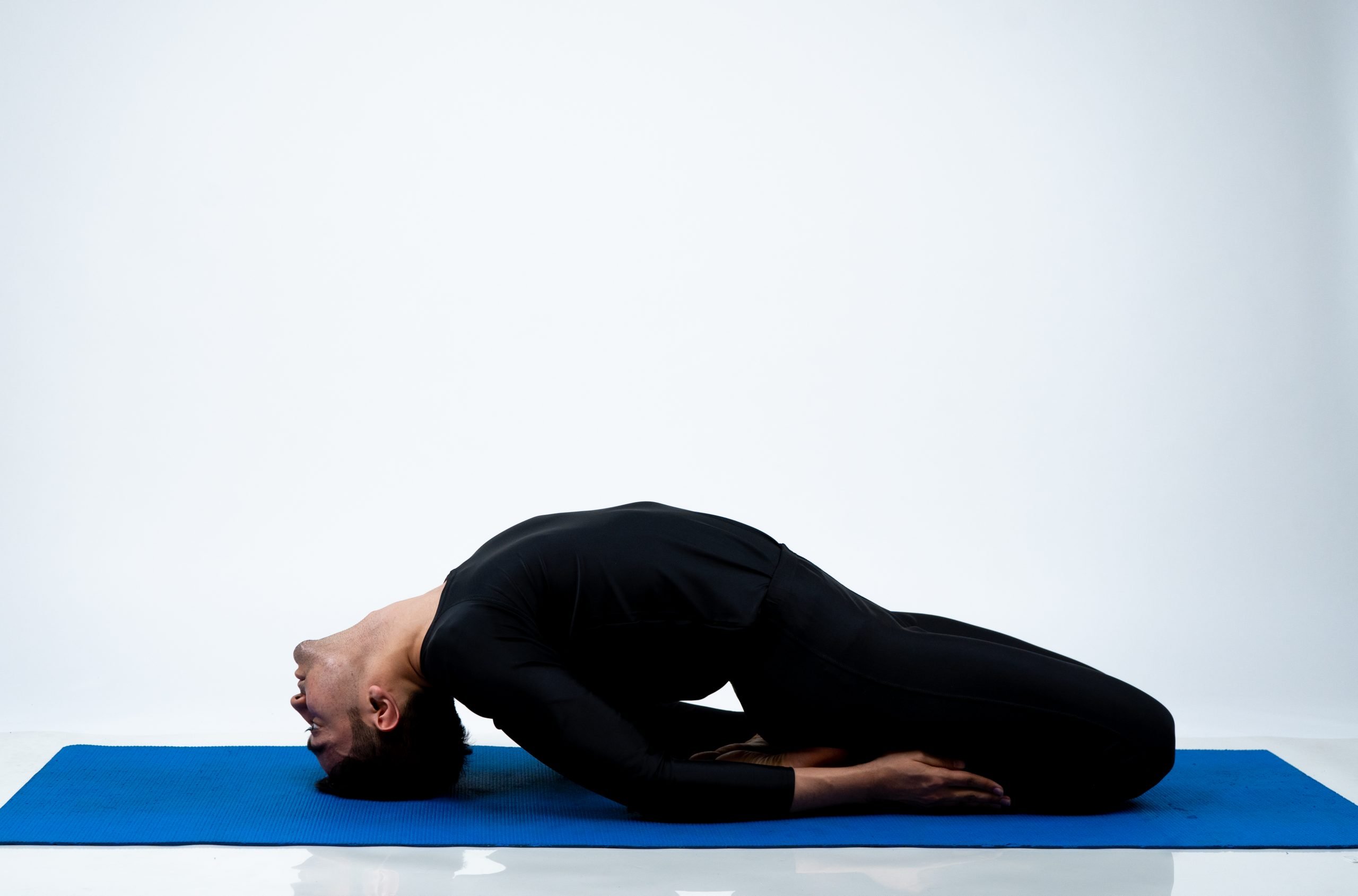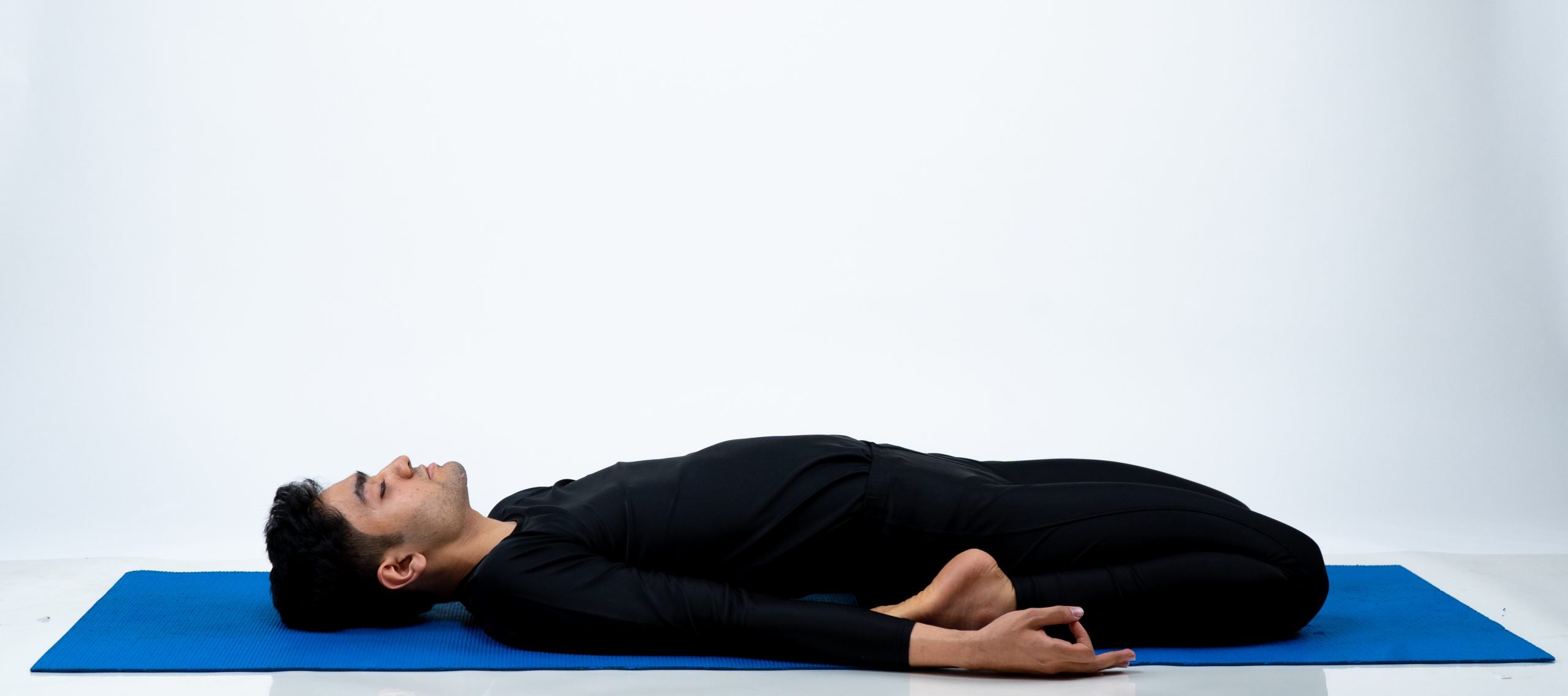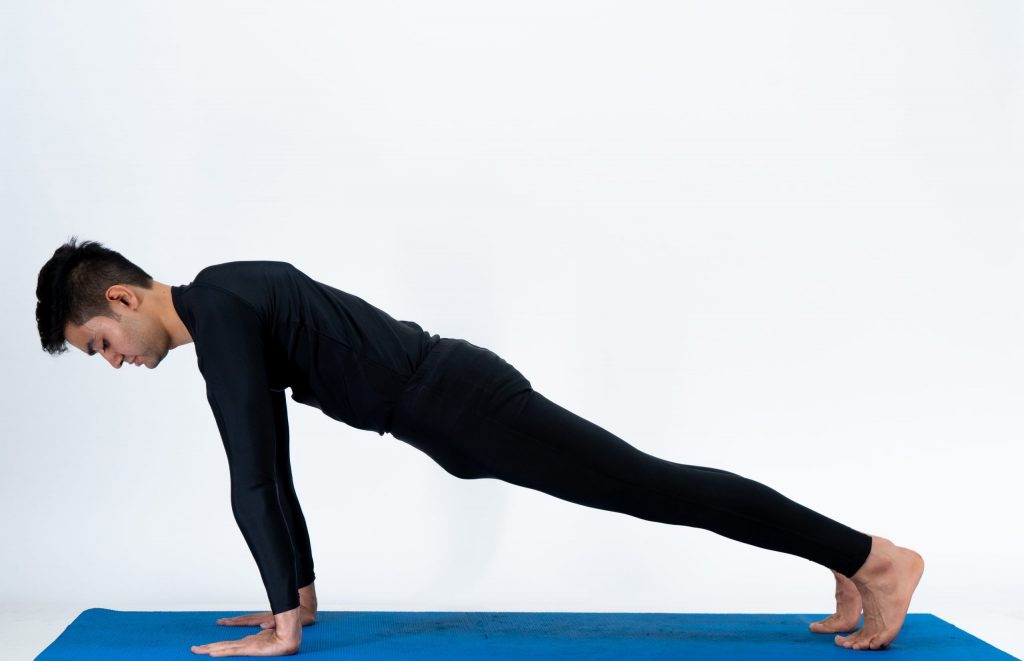
Yoga pose for suitable belly fats
POSES SUITABLE FOR ALL LEVELS TO HELP REDUCE BELLY FAT, AND TONE UP YOUR ABS GREAT FOR YOUR MIND AND BODY
Yoga Pose For Improving Your Body
Yoga Pose A strong core is beneficial for a lean body and sculpted abs, which also provides has a positive effect on your physical health.
For weight lifting, abdominal strength is crucial. Stronger abdominals mean that the lumbar area will be more protected, and there is a lower risk of injury.
There are many ways yoga can improve this particular area of our bodies. In this article, you’ll learn how to do one of the most popular yoga poses at home that is suitable for all levels.
We all know that the “cerebellum”, a part of the brain that influences coordination, cognition, space cognition, and balance, is stimulated during abdominal exercises. Therefore, these exercises train not only the body but also the brain.
It is worth strengthening your abdominal muscles if you enjoy tennis, baseball, soccer, or basketball. Different abdominal exercises have additional benefits for our bodies.
The abdominal muscles protect, support, and enclose some of the essential organs in our bodies, including the liver, intestines and stomach.

SUPTA VAJRASANA
1. SUPTA VAJRASANA- THE SUPINE THUNDERBOLT YOGA POSE
This exercise is highly beneficial for the lower body, particularly the lower abdomen.
It aids in digestion and helps to eliminate fat from the lower abdomen.
In addition, it can be used to stretch the lower stomach and activate the large intestine. This helps with constipation relief and the kidneys also benefit from this exercise.
BENEFITS FROM SUPTA VAJRASANA THE SUPINE THUNDERBOLT POSE
- It lengthens and strengthens the abdominal muscles.
- Increases circulation and lubricates joints.
- This pose reduces and tones the thighs, strengthens the abdomen, and tightens the calf muscles.
- It is helpful in conditions such as sciatica, gout, and varicose veins.
- It reduces lower back pain.
- It increases blood circulation in the abdomen, lower back, and pelvic areas.
- The chest wall expansion improves breathing capacity.
- It corrects structural deformities in the neck, back, and shoulders.
- Increases digestion and elimination capacity

SUPTA VAJRASANA THE SUPINE THUNDERBOLT POSE
2. ADHO MUKHA SVANASANA DOWNWARD FACING DOG YOGA POSE
Even though it seems complicated at first, this pose is an actual cure. It works on all parts of the body, so it’s not complicated.
HOW TO DO ADHO MUKHA SVANASANA –
Stand on your knees, with your wrists under the shoulders and your knees below the hips.
To lift your hips, curl your toes inward and press your hands back with your hands.
Spread your fingers out and grind down from the forearms to the fingertips.
Outwardly rotate your upper arms to widen the collarbones.
Allow your head to hang free, and then move your shoulder blades towards your hips.
To lift the weight of your body’s burden off your arms, engage your quadriceps. This will make this a relaxing pose.
Rotate your thighs inward and keep your tail high. Then, sink your heels towards your feet.
Check the distance between your feet and hands by stepping forward into a plank position. In these two positions, the distance between your feet and hands should be equal. To avoid stepping your heels towards the ground, do not place your feet in a downward dog.
If you feel excess weight or tension in your legs, bend your knees and exhale.
CAUTIONS & CONTRAINDICATIONS
The heartbeats slow down when the head is lower than the heart and, this helps calm the mind.

KUMBHAKASANA THE PLANK
3. KUMBHAKASANA THE PLANK YOGA POSE
It is the best way to strengthen your core. It is as simple as it seems, but the benefits are enormous.
When you are in this position you will feel its intensity on your abdominal muscles.
This exercise works the rectus abdominals and the core muscles running from the pelvis to the spine up to the shoulder girdle.
HOW TO DO KUMBHAKASANA THE PLANK
- Start in the plank position.
- Place your feet on the ground with your toes and forearms facing forward.
- Your elbows should be directly below your shoulders and your forearms facing forward.
- It would be best if you kept your head relaxed so that you could see the floor.
- Engage your abdominal muscles and draw your navel towards your spine.
- Your torso should be straight.
- You want your body to remain straight from your ears to your toes.
- This is a neutral spine position.
- Your shoulders should be straight down and not pointing up towards your ears.
- Your heels should reach the top of your feet.
- For 10 seconds, hold this position.
- Let go.
Overtime can be used up to 30 seconds, 45 seconds, or 60 seconds.
BENEFITS OF KUMBHAKASANA THE PLANK
A robust and solid core not only looks good but also helps stabilize, balance and power the body in almost every activity. Core strength is essential for any coordinated, powerful athletic movement.
You can use the plank to test your core strength and stability. Although the plank is not a cardio exercise but a strength-building workout, engaging multiple muscles can increase your calorie burning.
The amount of calories you burn depends on how long you hold the plank.
A plank will typically burn approximately three calories per minute for a 150-pound person.
CAUTIONS & CONTRAINDICATIONS
If you have suffered a shoulder injury, the plank should be avoided.
Stop doing planks if you experience any shoulder pain.
Pregnancy:
- There is a risk of placing too much stress on the abdominal wall during pregnancy.
- You might want to modify the plank by doing a side or incline plank.
